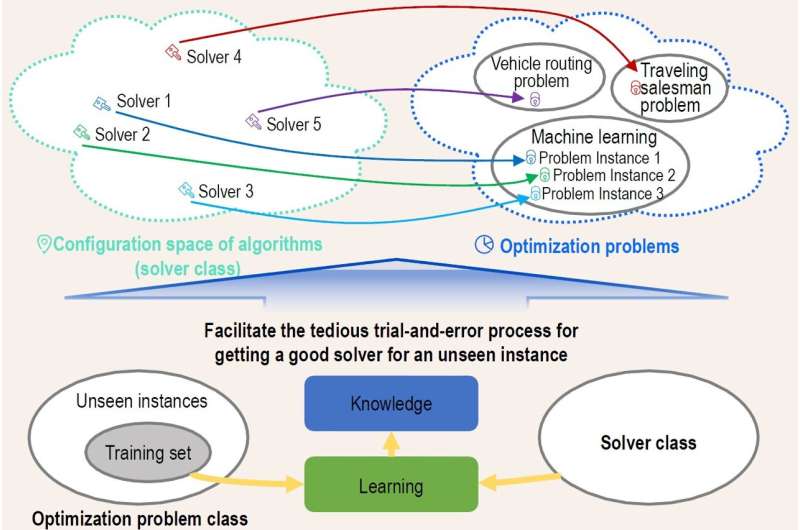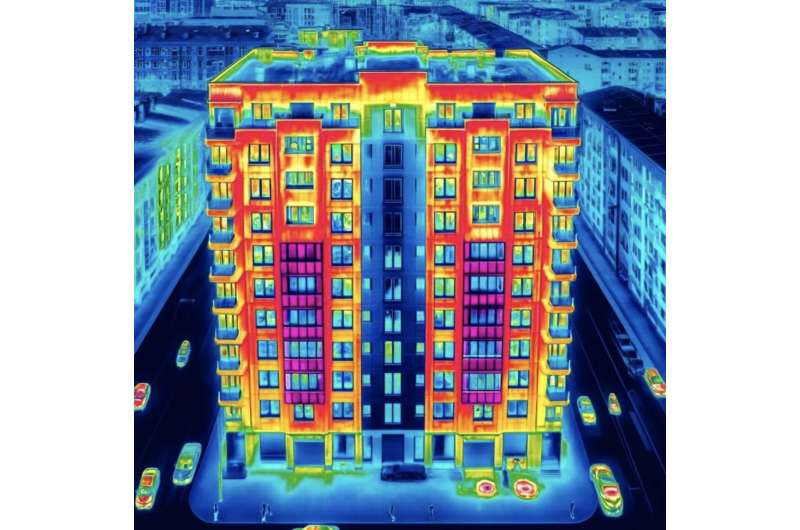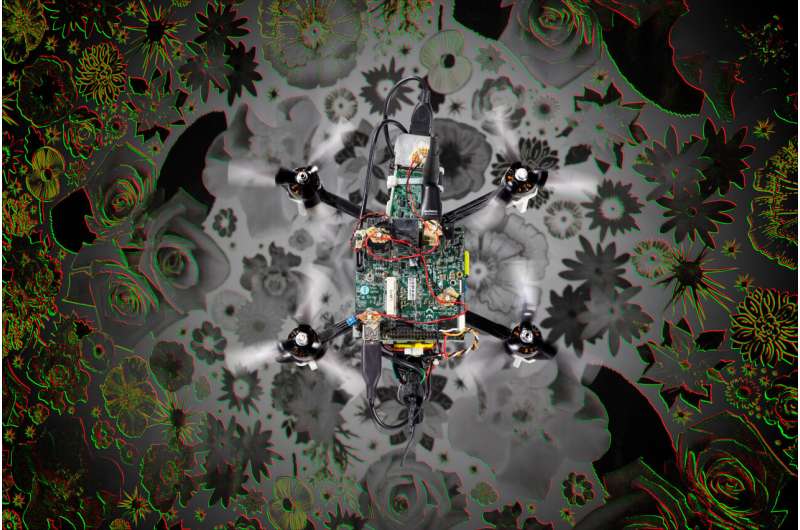With the launch of Apple’s Vision Pro headset, has the VR headset boom finally arrived? Because if there’s anything true about the consumer electronics industry, it’s that no matter what product category Apple invests in, many others will follow suit.
But not everyone will (and should) buy Apple’s $3,500 headset. If anything, waiting for the second generation model, or one that Apple prices more accessibly, is the more sensible play. Until then, look to the handful of other great VR headset options available, including ones that can even beat Apple at its own game.
Also: The best AR glasses
This guide features the most up-to-date suggestions, product reviews, and buying advice for VR headsets, based on all the models we’ve tested at ZDNET. Our current pick for the best VR headset overall goes to the Meta Quest 3 due to its portable form factor, ease of use, game and app library, and overall value. But for some users, our runner-ups from HTC and PlayStation may be just as worthy of consideration.
Pros
- Sleek, rounded design
- Notably sharp and vivid color reproduction
- All-in-one design
- Up to 512GB of onboard storage
Cons
- $200 more than Quest 2
- No more 256GB variant
Meta Quest 3 tech specs: Display type: Dual LCD | Resolution: 2064 x 2208 | Refresh rate: 90Hz (up to 120Hz) | Battery life: 2 hours | Weight: 1.14 pounds | All-in-one: Yes
The latest VR headset from Meta to hit the market is one that many users have been anticipating. Meta’s Quest 3 succeeds its most popular VR headset ever, the Quest 2, with improvements in virtually all places. I spent an afternoon with the Quest 3 ahead of its Meta Connect release and was left very impressed, particularly by the sleeker and more form-fitting design and overall clarity — especially in mixed reality experiences.
Quest 3 is priced $200 more than its predecessor, but the price bump is warranted with all the sensor and internal upgrades. For example, there are now six total cameras at the front of the headset, enabling more accurate and reliable mapping of your surroundings.
The Quest 3 is also the first VR headset to be powered by Qualcomm’s Snapdragon XR2 Gen 2 platform, lending it twice the graphical performance of the Quest 2. That means gaming, streaming, and traveling across metaverses are more promising than ever. Ultimately, it was named ZDNET’s Product of the Year.
Review: Meta Quest 3
Pros
- All-in-one and PC-powered
- Goggles and headset mode
- Very lightweight
- Hot-swappable battery
Cons
- Very expensive
- PC gaming requires powerful components
HTC Vive XR Elite tech specs: Display type: LCD | Resolution: 1920 x 1920 | Refresh rate: 90Hz | Battery life: 2 hours | Weight: 1.3 pounds | All-in-one: Yes
Can’t decide between a full VR headset and a pair of AR/smart glasses? The HTC Vive XR Elite is a convertible headset that can be used as a pair of lightweight goggles or a traditional, full VR headset. In full headset mode, it weighs 1.3 pounds. But in goggles mode, that weight is reduced to just over half a pound, so you don’t have to sacrifice VR immersion for comfort.
The Vive XR Elite can also be used as an all-in-one, standalone headset for light gaming or virtual desktop work or plugged into a compatible laptop or desktop for more powerful PC-VR gaming. In fact, HTC’s investment in the metaverse shows with its new Ultimate Tracker kit, a series of body motion trackers that, when paired with the Vive XR Elite, can simulate movement in the virtual world.
Each eye display uses a 1920 x 1920 LCD panel with a 90Hz refresh rate for smoother video playback and better image quality. On a full charge, you’ll get about 2 hours of use. But the battery is hot-swappable so you can have a continuous power source for all-day gaming or work sessions.
Review: HTC Vive XR Elite
Pros
- Easy to use and setup
- Rich library of games and apps
- Affordable with a starting price of $299
Cons
- Mixed reality experiences can be lacking
- Can be front-heavy/uncomfortable to wear for some
Meta Quest 2 tech specs: Display type: LCD | Resolution: 1680 x 1870 | Refresh rate: 90Hz (up to 120Hz) | Battery life: 2 hours | Weight: 1.1 pounds | All-in-one: Yes
Formerly known as Oculus Quest 2, the most successful VR headset in history is still available to buy today, even though Meta just launched a successor. That can be reasoned for the Quest 2’s ease of use and affordability (starting price is $299), two factors that make for a stellar VR headset, especially if you’re just getting started. The Quest 2 is easy to set up, thanks to small, handy controllers and the lack of any connection ports and external motion-tracking sensors.
The Snapdragon XR2 Gen 1 is not as performant as the Gen 2 processor found in the Quest 3, but for VR games (and VR games only), it’s plenty capable for popular titles like Beat Saber and Super Hot. In fact, the Quest 2 has the same battery rating as the newer Quest model, with an average of two hours per charge, enough time for you to burn a sweat in a fitness experience or immerse yourself in a virtual movie theatre.
Also: Meta Quest 2 vs Quest 3: How to decide which one is right for you
Pros
- Eye and hand-tracked controls
- Interoperability with existing Apple devices
- Next-gen hardware with crisp, lifelike immersion
Cons
- Pricing starts at $3,500
- Mere two-hour battery life when not tethered
- First-generation product with the occasional glitch or bug
Apple Vision Pro tech specs: Display type: Micro-OLED | Resolution: 3000 x 3800 (approx.) | Refresh rate: 90Hz | Battery life: 2 hours (or tethered) | Weight: 1.3 pounds | All-in-one: Yes
Apple doesn’t market the Vision Pro as a VR headset, but it most definitely is, given its ability to transport users into virtual worlds with a press of a digital crown. While the $3,500 headset is not necessarily geared toward gaming, its work and entertainment use cases may be more than appealing for some, especially if you own one or two of Apple’s other devices.
For example, the Vision Pro can be paired with a MacBook to extend its displays virtually, projecting a mirrored monitor alongside VisionOS’ existing app and browser windows, letting you multitask with ease. Or, you can capture spatial videos with the Vision Pro (or an iPhone 15 Pro model) and watch them on the headset. Based on reviews and early impressions from industry experts, the ability to relive moments through spatial videos may just be the killer feature of the Vision Pro.
The headset is navigated entirely with your eyesight and fingers, which is as futuristic as VR headsets get. Thanks to a series of inward and downward-facing cameras and sensors, Vision Pro can track where you’re staring to move its invisible cursor and when you’re pinching your index and thumb fingers to register a click or long press. You can also pair a Bluetooth keyboard and mouse to the headset, of course.
ZDNET’s Editor in Chief, Jason Hiner, was among the first to demo the Vision Pro at WWDC last year and remarked that these gesture controls were the biggest breakthrough of the Vision Pro. Since then, Hiner’s also noted that, given the high price of entry, most consumers are better off dipping their toes into mixed reality with Meta’s $500 Quest 3 headset. Or, you can test the Vision Pro risk-free at a local Apple store.
Review: Apple Vision Pro
Pros
- OLED eye displays
- 120Hz refresh rate
- Great resolution and field of view
Cons
- Requires PS5
- Heavy at 5.33 pounds
- Headband design could be better
PSVR 2 tech specs: Display type: OLED | Resolution: 2000 x 2040 | Refresh rate: 120Hz | Battery life: N/A | Weight: 5.33 pounds | All-in-one: No
The original PSVR launched way back in October 2016, and the updated PSVR 2 builds on that foundation to give you an incredibly immersive console gaming experience. Each eye display provides 2000 x 2040 resolution and a 120Hz refresh rate. Not only does that mean you’ll get ultra-smooth gameplay, you’ll also experience less motion sickness due to image lag.
Each eye display also uses a small OLED panel for incredible color accuracy and detailing over IPS or LCD VR screens. The biggest drawbacks for the PSVR 2 are the fact that it requires a PS5 to work (which doubles the $550 headset price) and that it’s on the heavy side at just under 5.5 pounds. And while the headband is designed for comfort during marathon gaming sessions, the overall design might put pressure on your eyes and face that can become painful after a while.
ZDNET’s best VR headset pick goes to the Meta Quest 3 for its high performance, both in VR and MR applications, wealth of supported games and apps, ease of use, and relatively competitive price tag. At $499, the Meta Quest 3 is comparable to Sony’s PlayStation VR 2, but keep in mind that the former does not require a separate console to power it; the Quest is an all-in-one system. That makes it flexible enough to be used both in and outside your home.
VR Headset | Price | Display | All-in-one | Weight | Refresh rate |
Meta Quest 3 | $500 | 2064 x 2208 Dual LCD | Yes | 1.14 pounds | 120Hz |
HTC Vive XR Elite | $1,099 | 1920 x 1920 LCD | Yes | 1.3 pounds | 90Hz |
Meta Quest 2 | $300 | 1680 x 1870 LCD | Yes | 1.1 pounds | 90Hz |
Apple Vision Pro | $3,500 | 4986 x 2448 LCD | Yes | 1.3 pounds | 90Hz |
Sony PlayStation VR 2 | $550 | 2000 x 2040 OLED | No | 5.33 pounds | 120Hz |
The most significant consideration is the use case. Will you be using a headset for gaming only? Do you already own a powerful PC and need a headset that interfaces seamlessly?
The gulf between commercial and consumer VR has always been small, with plenty of enterprises utilizing Oculus headsets and savvy consumers looking into enterprise headsets for powerful collaboration potential. The reality is it’s still very much the Wild West for a technology class puffed up by years of hype but is still searching for a knockout case for adoption.
The use cases remain niche: Gamers, designers, and enterprise applications like training. Within each utilizer pool are a few serviceable, quirky headsets, meaning budget tends to be the deciding factor after the use case. We’ve noticed that the technology hasn’t advanced as much in the past few years as it might have, so don’t shy away from older tech, which is cheaper and represents a great value in what’s still the first blush of our mixed reality future.
Choose this VR headset… | If you want… |
Meta Quest 3 | A well-rounded, high-end VR headset. The Quest 3 is perfect for both virtual desktops and gaming. |
HTC Vive XR Elite | A convertible VR headset. The HTC Vive Elite XR can be used as a full VR headset or a pair of AR goggles. |
Meta Quest 2 | The best entry-level VR headset that can still offer an immersive gaming experience. It’s hard to beat at a starting price of $299. |
Apple Vision Pro | Arguably the best audiovisual VR experience that money can buy. Vision Pro may be a first-generation product, but it’s already leaps and bounds ahead of its closest competition. |
Sony PlayStation VR 2 | A VR headset for console gaming. This updated version of the PSVR provides a more immersive experience for your favorite games. |
ZDNET staffers have done hands-on testing of all of the latest VR headset models. When putting together this list, we realized that VR headsets can vary significantly between brands and models. However, there are several common tech specs and features we used as a baseline while researching:
- Resolution: Resolution matters in VR if you want to avoid the screen door effect, which is a mesh-like appearance due to seeing the lines separating pixels on a screen. Think about an old computer with poor resolution — you can probably see a grid of fine lines on the screen as you use it. Most VR headsets available today still have the screen door effect to some extent, but you can minimize the effect by purchasing a headset with a high resolution.
- Field of View: How much of the virtual world do you want to see at once? Field of view is a degree measurement that shows how much of the virtual world you see at once. Human vision is limited to about 220 degrees, and the Pimax 8K/5K+ headsets come close to that field of view at 170 degrees.
- Refresh Rate: Refresh rate tells you how many images are generated per second. You want a high refresh rate to keep your VR experience lag-free and to see natural, realistic images. The refresh rate can affect how disoriented you feel with a VR headset; you want your eyes to keep up with the images, and you want the images to keep up with the action. If the refresh rate is below 90 frames per second, you might experience disorientation and nausea with a headset on.
- Position Tracking: Position tracking detects your position relative to your surroundings in a virtual environment. It’s different from head tracking, which only looks at the rotation of the head because it registers forward/backward, up/down, left/right, and other total body movements.
- Display: A VR headset comprises a display screen, sound, sensors, and controllers. You’ll want the highest resolution you can afford here to minimize the screen door effect.
- Pixels Per Degree: Pixels per degree, or pixel density, is calculated by taking the total number of pixels in a horizontal display line and dividing it by the horizontal field of view. For example, the HTC Vive has 1080 pixels per eye and a field of view of 100 degrees, giving it a pixel density of 11 pixels per degree. Keep in mind that the human eye sees about 60 pixels per degree.
While many VR headsets require a capable desktop or laptop computer, there are a few standalone options like the Oculus Quest and HTC Vive Focus. A standalone headset has more limited motion parameters, usually only allowing for up/down, left/right, and forward/back movement of your head. The trade-off is that they have onboard memory storage for games and programs, freeing you from being tied to a PC just to pop into Minecraft or VRChat for an hour or so.
The Sony PlayStation VR and PlayStation VR 2 headsets are the most compatible with PlayStation 4 and PS5 consoles. Sony’s VR game library is constantly expanding with updates to old favorites and alternative play modes to new titles for more immersive experiences. I highly recommend checking out the Resident Evil 7 Biohazard VR update as well as native VR experiences like Job Simulator and Moss.
Yes! While many of the titles you’ll find on Steam or the Epic Store will cost you at least a little money, there are tons of free software options out there like Spider-Man: Far From Home VR or the demo for the popular rhythm game, Beat Saber. Just make sure that the game you want to download is compatible with your particular headset.
Virtual reality is now entering its second or third generation, with more brands like Apple finally throwing their hat into the ring.
In addition to the top units listed above, we recommend the following headsets for those looking to expand their options and comparison shop:
Best all-in-one VR headset
Meta Quest Pro
If you’re looking for a VR headset made specifically for work and productivity, Meta’s Quest Pro is a capable alternative to our picks above. There are 10 sensors scattered throughout for reliable spatial tracking and pancake lenses for increased pixel density.
Best runner-up AR glasses
Meta Ray-Ban Smart Glasses
Meta’s latest Ray-Ban collab features a sleeker pair of smart glasses that can capture photos and videos, stream music, and answer your questions via Meta AI.




